What is the cup test? How to determine the cup grinding degree? Details about the cup test
Professional coffee knowledge exchange more coffee bean information please follow the coffee workshop (Wechat official account cafe_style)
Friends who have been in contact with coffee for a certain period of time should have heard the word "cup test", or walked into a coffee shop and saw several people making sounds like drinking hot soup around the table. When asked, they said they were taking a cup test. So what is a cup test? What is there to pay attention to in the cup test?
Cup test
Cup testing is a very common practice in the coffee industry. Before raw coffee beans are sent to all parts of the world, cup tests will be carried out by coffee farmers' associations or refining factories in the producing areas, that is, they will try to confirm the aroma and taste of the beans, and classify them again. The cup test is completed before shipment.
In fact, the cup test is just a sampling technique adopted by coffee merchants to monitor the quality of coffee to avoid buying bad coffee. But now it is a regular coffee activity for coffee merchants or other people who need to taste coffee beans to taste a large number of coffee samples in a short period of time and evaluate them in all aspects.
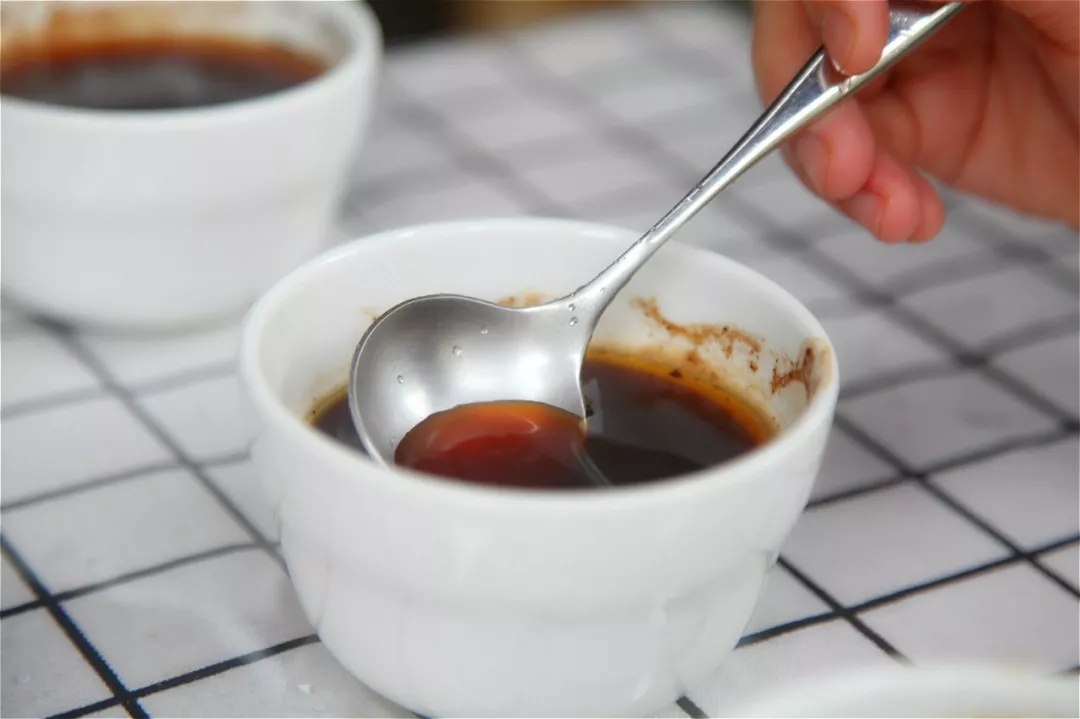
The cup test seems to be just pouring the coffee powder into a bowl, then pouring water into it, then breaking the dregs for a while, and then a few people begin to drink with small spoons, but in fact, there are some things to pay attention to in the process.
1. Sample beans
The cup test of sample beans can only be carried out within 8-24 hours after baking.
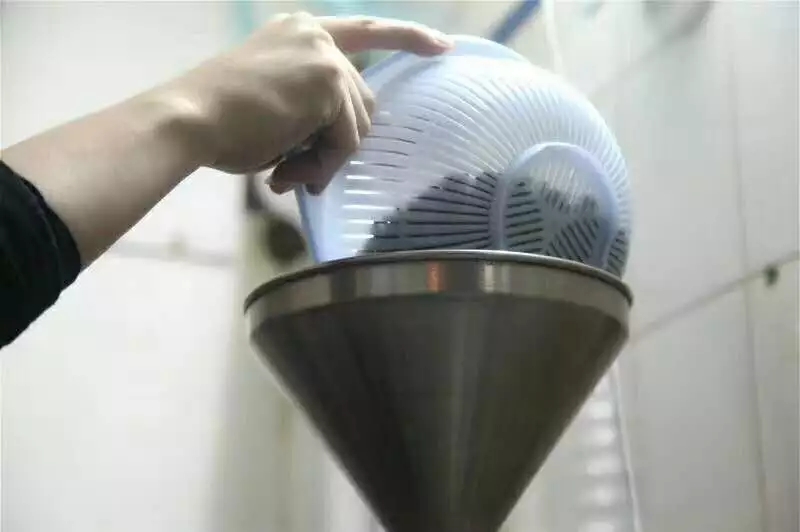
When the temperature of the baked sample bean drops to room temperature (about 20 degrees), put it in a sealed container or airtight bag until you start the cup test to reduce contact with air and prevent pollution.
Sample beans should be kept in the shade temporarily, but do not need to be frozen or refrigerated.
2. Degree of grinding
With regard to the degree of grinding of the cup test, the cup test standard of SCAA is a 20-mesh screen pass rate of 70% Mel 75%. Which degree of grinding is it? This requires us to constantly correct it. You should know that the Italian bean grinder has to be adjusted several times a day, and so is the single bean grinder. Weather changes, frequent use and machine cleaning all need to be corrected.
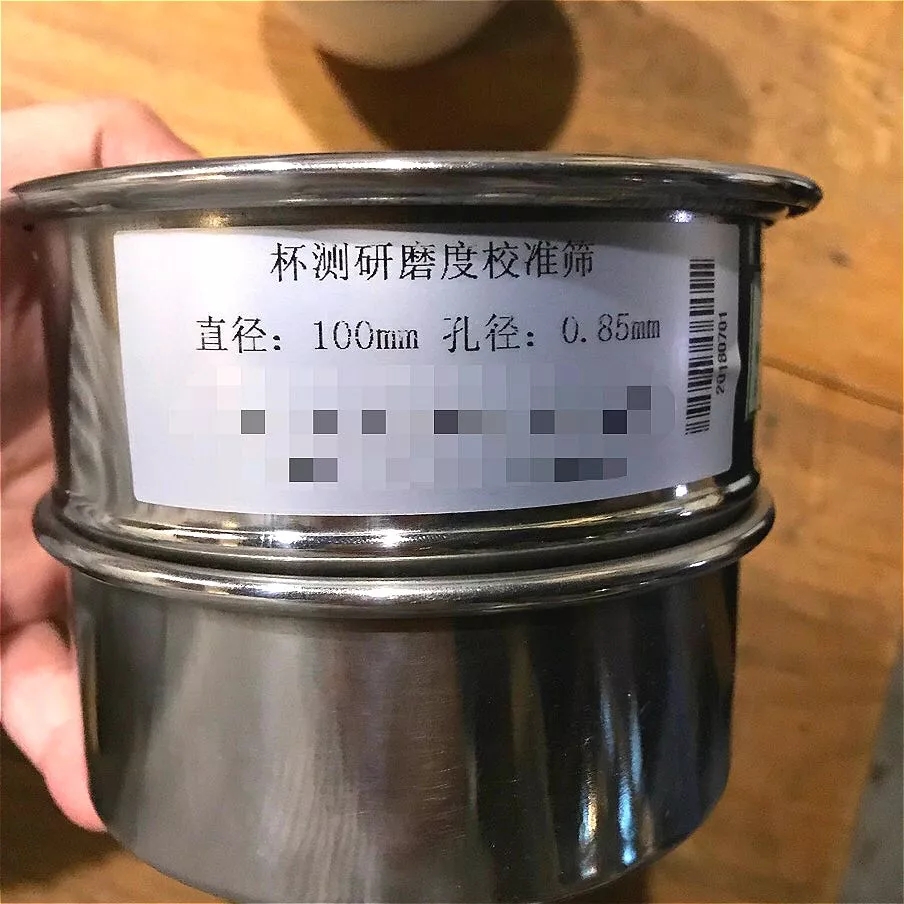
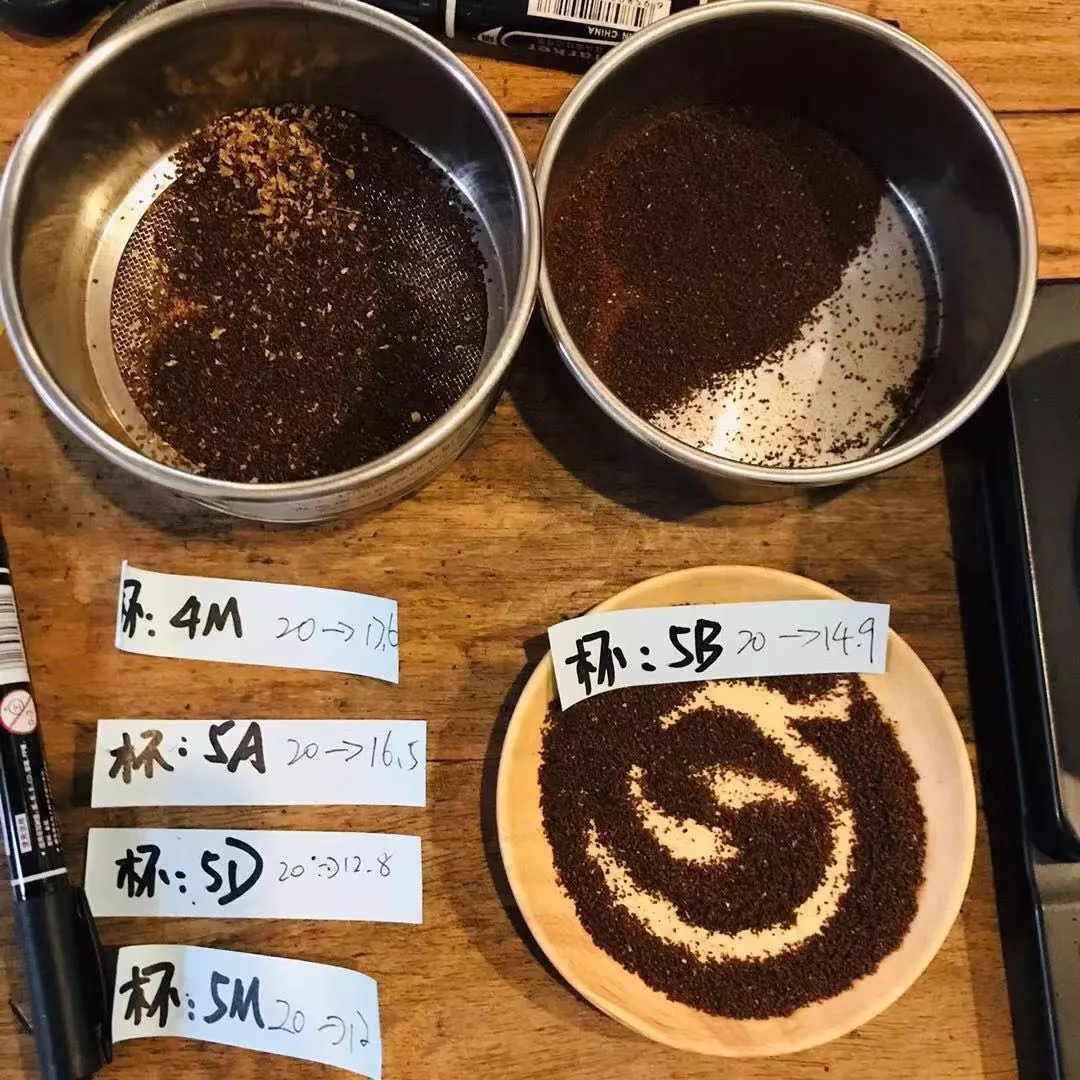
The bean grinder we use is Forte BG. In order to find a suitable cup to measure the degree of grinding, we tested the degree of grinding of 4m, 5A, 5B, 5D and 5m, each grinding 20 grams of powder, sifted out 17.6,16.5,14.9,12.8 and 12 respectively. According to the cup test standard of SCAA, we finally chose 5B, with a pass rate of between 70% and 75%.
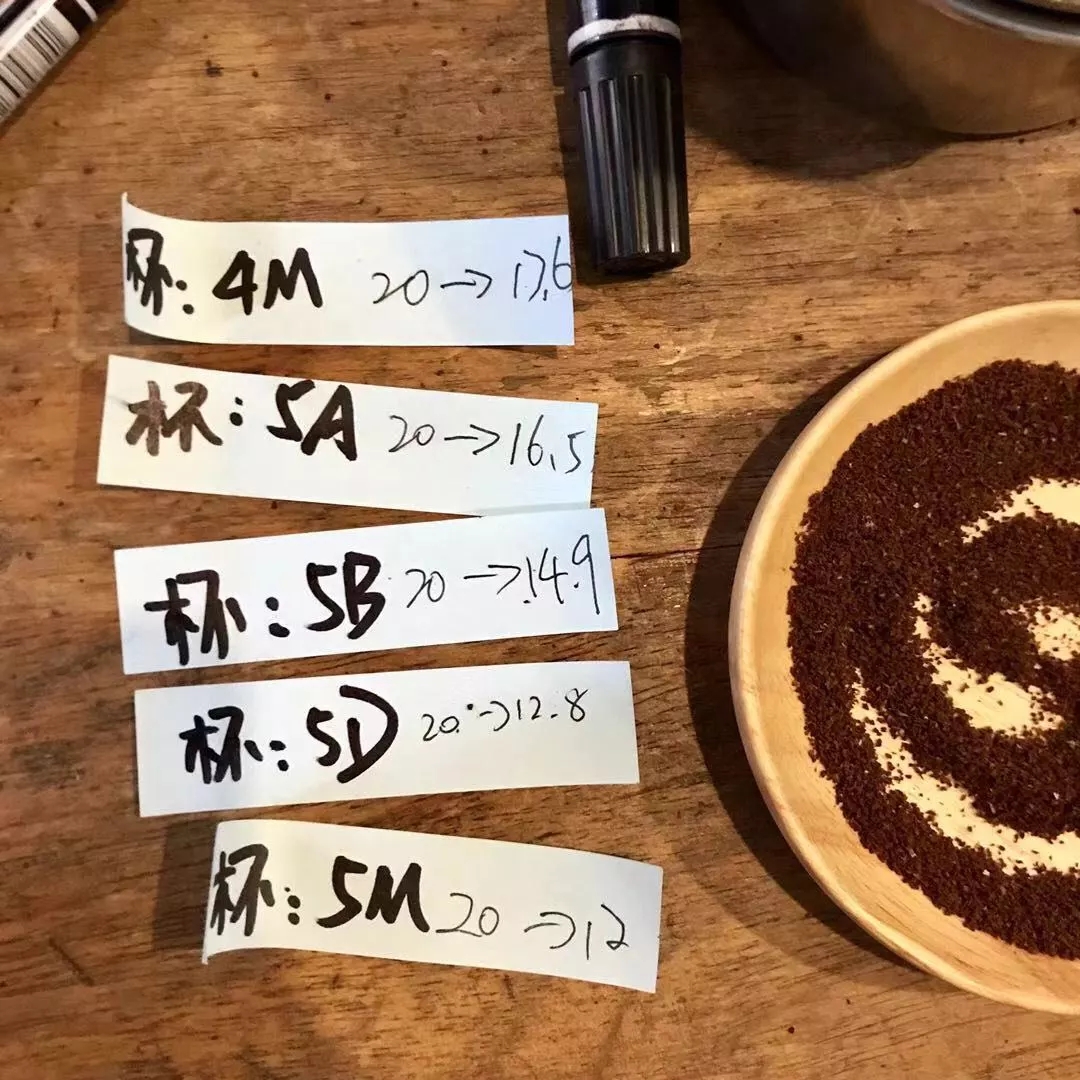
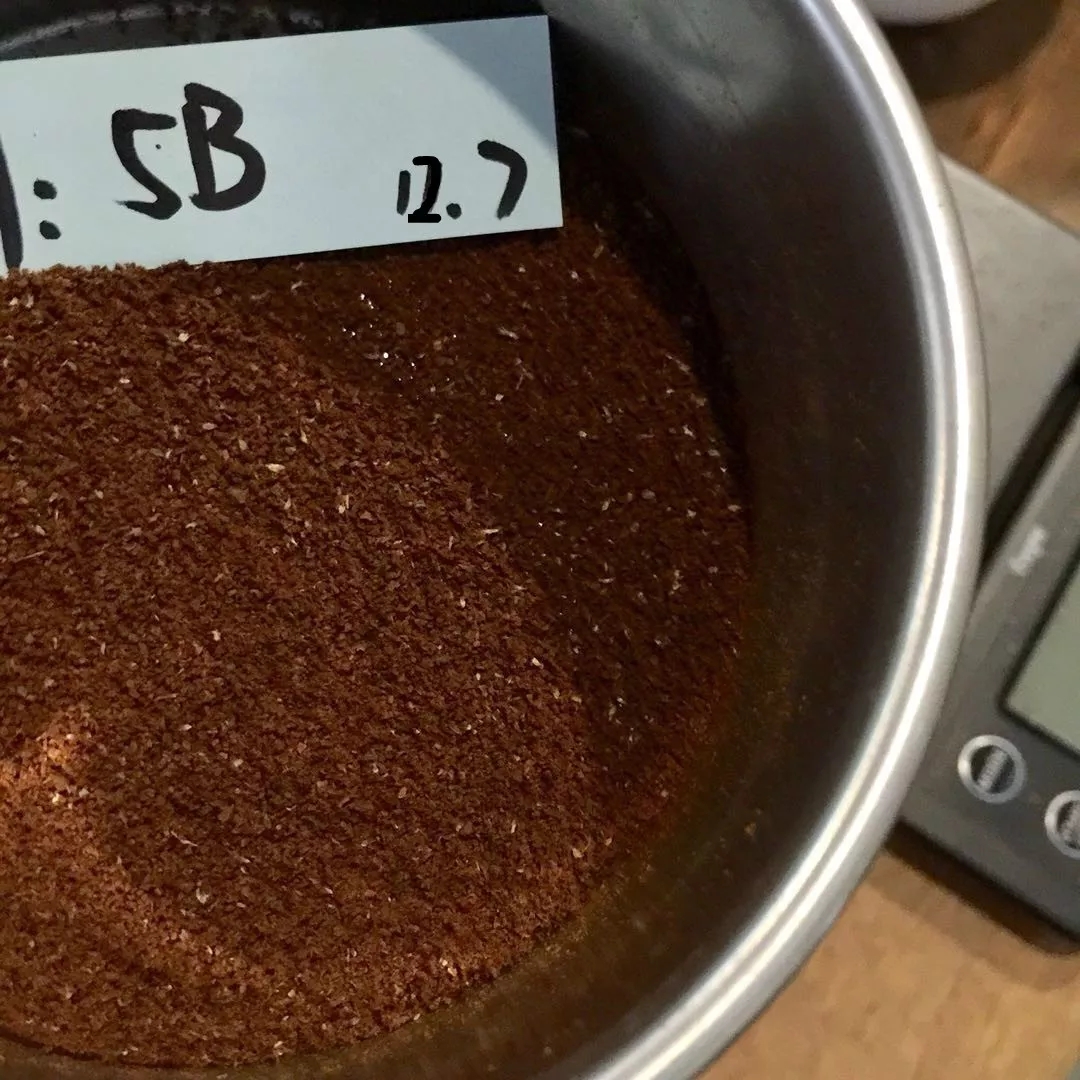
3. Cup test bowl
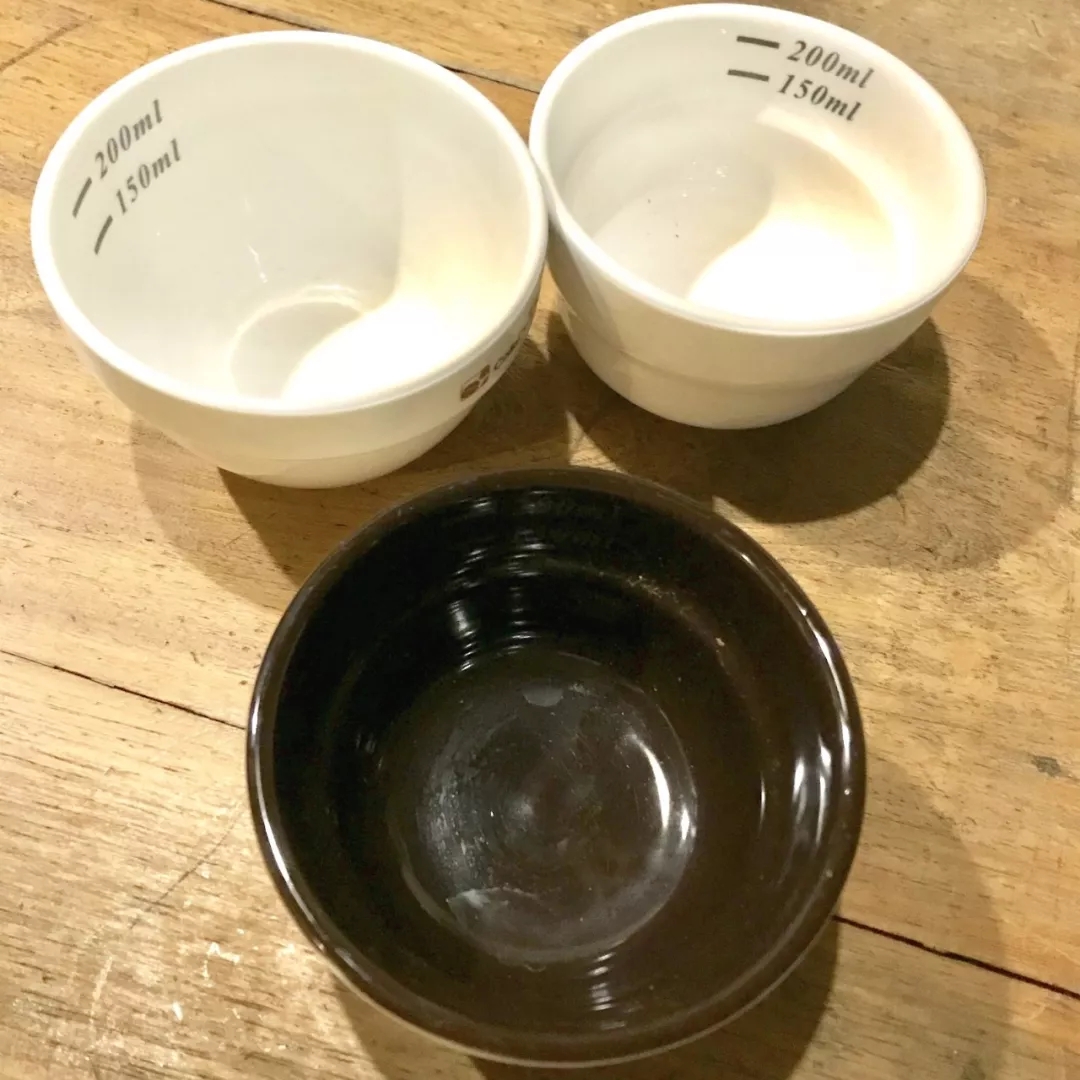
Do not think that the cup test bowl is just a container, you should know that even if there is a scale on the cup test bowl, it is best to weigh it yourself first. after all, there may be errors in different batches of production from different manufacturers. reducing the existence of errors is also important for rigorous cup testing.
4. The ratio of powder to water
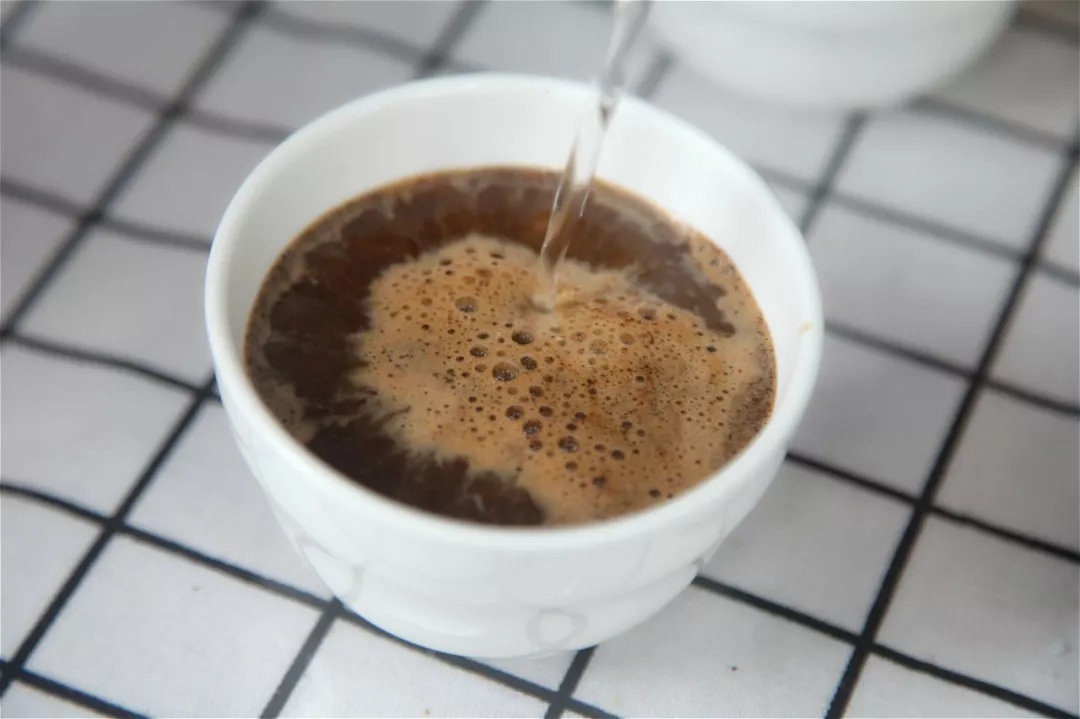
According to the SCAA standard, the powder-to-water ratio measured by the cup is 1purl 18.18.
5. Water quality
It is recommended that the water used should not have fragrance or distilled water or soft water. The ideal total solubility (TDS) of water quality is in 125--175ppm, but not less than 100ppm, nor more than 250ppm (too low TDs means excessive extraction rate, and too high TDS means insufficient extraction). The brewing temperature is 93-94 degrees. Wait 3 to 5 minutes after water injection before starting the cup test.
6. Water injection
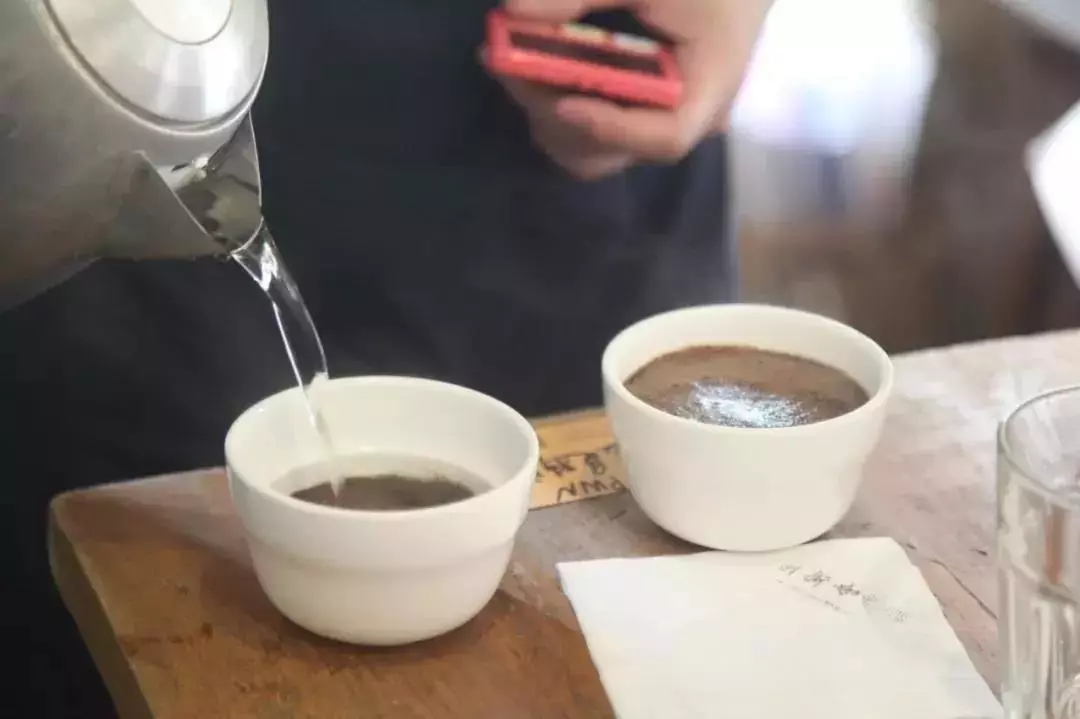
Grind the sample beans before the cup test, complete the water injection within 15 minutes after grinding, and inject the appropriate amount at one time during the water injection, during which the water can not be cut off. Do not soak the coffee powder for more than 30 minutes after injecting water.
Finally, let's talk about the etiquette of cup test!
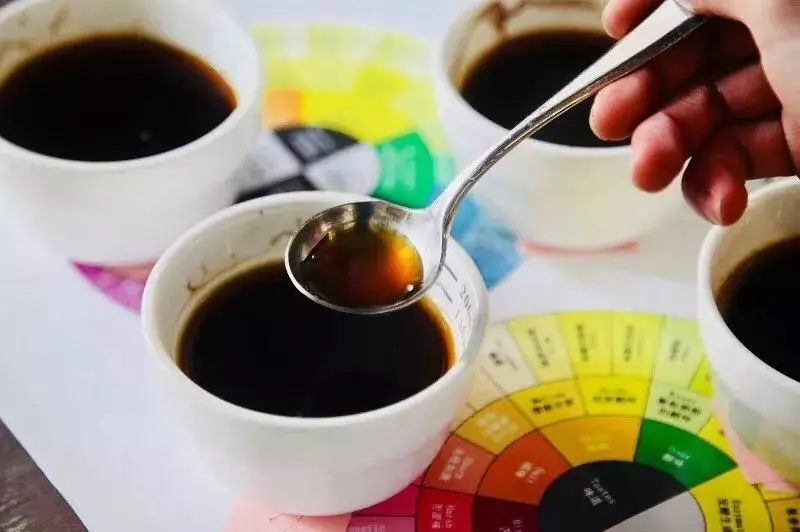
Please do not wear perfume when taking part in the cup test.
2. When smelling dry incense, try not to pick up the cup and shake the coffee powder, which will cause the coffee flavor to lose too quickly, thus affecting the objectivity of the cup test.
3. Seeing that some friends will knock on the paper towel after washing the cup tester, maybe it is more professional, but in fact, this is not right, because the sound will affect others. So after washing the cup tester, just touch it gently on the tissue.
4. Please keep quiet during the cup test and try to resist the impulse to share your sensory experience so as not to affect the judgment of others.
Through the cup test, we can taste a lot of flavor and learn a lot about coffee. The cup test is rigorous, but speaking, the cup test is just to find a good cup of coffee.
Important Notice :
前街咖啡 FrontStreet Coffee has moved to new addredd:
FrontStreet Coffee Address: 315,Donghua East Road,GuangZhou
Tel:020 38364473
- Prev
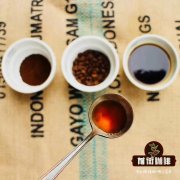
How much do you know about bourbon coffee: why do coffee beans of the same variety have different flavors?
Professional coffee knowledge exchange more coffee bean information please follow the coffee workshop (Wechat official account cafe_style) early (coffee prehistoric) iron truck transplanted to Yemen after the mutation, the bean shape from thin to round. It was named bourbon in 1715 after France transplanted round beans from Yemeni mocha to the island of Bourbon on the east coast of Africa (renamed Reunion after the French Revolution). Bourbon round bean
- Next

How about Arabica Coffee basic knowledge and characteristics of Arabica Coffee
Professional coffee knowledge exchange more coffee bean information please follow the coffee workshop (Wechat official account cafe_style) Arabica, fine coffee turquoise bioscience in the boundary, gate, class, order, family, genus, species division, do you still remember? Don't say you gave it back to the junior high school biology teacher. A few years ago, the coffee industry began to emphasize Arabica coffee beans; in fact, it is now a boutique.
Related
- Beginners will see the "Coffee pull flower" guide!
- What is the difference between ice blog purified milk and ordinary milk coffee?
- Why is the Philippines the largest producer of crops in Liberia?
- For coffee extraction, should the fine powder be retained?
- How does extracted espresso fill pressed powder? How much strength does it take to press the powder?
- How to make jasmine cold extract coffee? Is the jasmine + latte good?
- Will this little toy really make the coffee taste better? How does Lily Drip affect coffee extraction?
- Will the action of slapping the filter cup also affect coffee extraction?
- What's the difference between powder-to-water ratio and powder-to-liquid ratio?
- What is the Ethiopian local species? What does it have to do with Heirloom native species?

